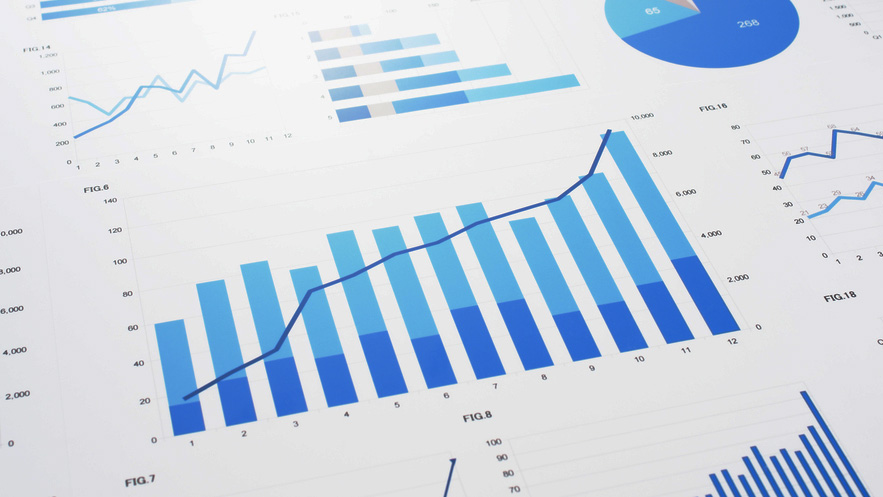July auto defaults maintain seasonal pattern

By subscribing, you agree to receive communications from Auto Remarketing and our partners in accordance with our Privacy Policy. We may share your information with select partners and sponsors who may contact you about their products and services. You may unsubscribe at any time.
NEW YORK –
The seasonal upturn in auto defaults typically seen during the middle month of summer surfaced again based on the latest information from S&P Dow Jones Indices and Experian.
According to data through July for the S&P/Experian Consumer Credit Default Indices released on Tuesday, the auto default rate increased 3 basis points to 0.96 percent, marking the third time in the past five years that the rate ticked up from June to July.
The other two years when the metric didn’t move higher during those summertime months, analysts noticed that it stayed flat.
While the July reading is 11 basis points higher than the same month last year, it’s just 4 basis points above July 2016; one of those summers where the reading remained steady month to month.
Meanwhile, analysts found that the latest composite rate, which represents a comprehensive measure of changes in consumer credit defaults also was unchanged in July, coming in at 0.86 percent. The composite default rate has gradually fallen so far this year and is now 9 basis points lower than it was in January.
The bank card default rate dropped 15 basis points to 3.56 percent; the lowest reading recorded so far this year. Bank card default rates have now decreased for three consecutive months.
Subscribe to Auto Remarketing to stay informed and stay ahead.
By subscribing, you agree to receive communications from Auto Remarketing and our partners in accordance with our Privacy Policy. We may share your information with select partners and sponsors who may contact you about their products and services. You may unsubscribe at any time.
The first mortgage default rate also stayed put, remaining at 0.63 percent in July.
S&P and Experian went on to mention that three of the five major cities they track each month recorded decreases in composite default rates in July.
Miami showed the largest decrease, falling 62 basis points to 1.68 percent. The default rate for Miami increased during each of the first four months of the year before decreasing now for three consecutive months.
The default rate for Los Angeles fell 4 basis points to 0.61 percent, while the rate for New York ticked 1 basis point lower to 0.87 percent.
The default rate for Chicago was unchanged at 0.86 percent.
Dallas was the only city that watched its rates move higher as the metric edged up 2 basis points to 0.86 percent.
David Blitzer, managing director and chairman of the index committee at S&P Dow Jones Indices, looked to offer some clarity after seeing metrics move in a variety of directions.
“There are some conflicting trends behind the continued stability in consumer credit default rates,” Blitzer said. “Default rates for mortgages and automobile loans have varied very little in the last five years. Defaults on bank cards are more volatile.
“Despite continued growth of outstanding debt across all three categories which is outpacing wage gain, debt service ratios — the proportion of income needed to cover monthly borrowing costs — are flat to down,” he continued. “One explanation for the stable auto and mortgage default rates is that the share of new loans continues to go to the most credit worthy borrowers since climbing sharply in 2008-2010.
“Bank card default rates have moved more than usual in recent months,” Blitzer went on to say. “Growth in overall retail sales combined with gasoline prices that are generally higher and more volatile than last year is boosting borrowing.
“Consumer sentiment remains quite high but is not rising, and sales of both new and existing homes are roughly flat in recent months. These two trends suggest slower borrowing growth and possibly some stability in bank card default rates,” he added.
Jointly developed by S&P Indices and Experian, analysts noted the S&P/Experian Consumer Credit Default Indices are published monthly with the intent to accurately track the default experience of consumer balances in four key loan categories: auto, bankcard, first mortgage lien and second mortgage lien.
The indices are calculated based on data extracted from Experian’s consumer credit database. This database is populated with individual consumer loan and payment data submitted by lenders to Experian every month.
Experian’s base of data contributors includes leading banks and mortgage companies and covers approximately $11 trillion in outstanding loans sourced from 11,500 lenders.


